What Incline Should You Walk on a Treadmill?
Author:
Reviewed by:
(21 years of Oly Lifting experience)
Unlock your full potential by engaging with our experts and community! Have questions about your fitness journey or looking for expert advice on weightlifting techniques? Don’t hesitate — leave a comment below and Ihor Shymechko will provide a personalized answer and insights to help you reach your goals.
Torokhtiy is reader-supported. Some links are affiliate links, and we may earn a commission at no extra cost to you. See our disclosure page for details.
If you’re into treadmills, there’s a good chance you already know about and probably use incline often. But, what incline should you walk on a treadmill?
If you’re just starting out, though, you’re most likely wondering which incline is ideal and what exactly walking at an incline can do for you.
Whatever your level of experience is, you’re here to see what different inclines do.
The incline is the reason I love treadmills so much; it adds so much versatility. If you’re dealing with those nasty plateaus, changing the incline will do the trick and your walk will feel like an actual workout again.
Let’s take a stroll and see how to choose treadmill incline levels that are right for you and what workouts you could do.I’m inclined to say – “Let’s do this!”
What incline should you walk on a treadmill? The sweet spot is anywhere between 1% and 5%. This will simulate outdoor walking conditions and won’t put a lot of stress on your joints.
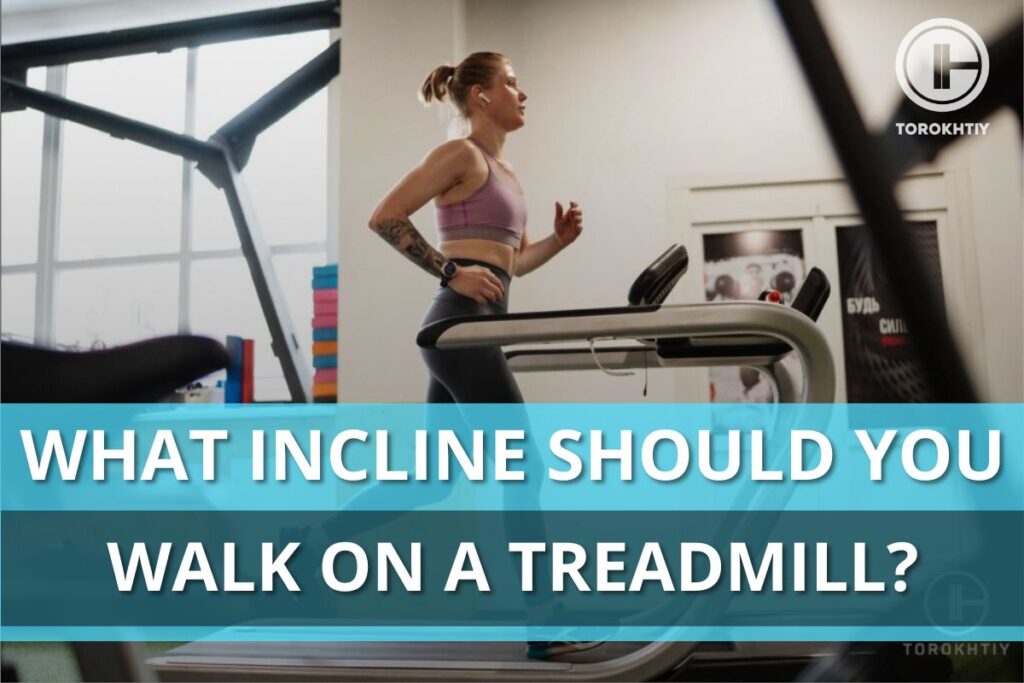
4 Factors to Consider When Choosing the Incline of a Treadmill
In my experience, the vast majority of people think – the higher, the better. I understand why that would make sense, because as you up the incline, you feel like you’re progressing.
But the problem with that attitude is that you never learn what different inclines do. More often than not, a lower incline is ideal for the result you’re working towards and you’re exhausting yourself with a high incline for no reason.
There are a few factors to consider before you choose the best incline to walk on a treadmill.
1. Level of Fitness
If you’re new to treadmills, set your treadmill elevation lower while you’re getting used to the workout. A lower incline (1% – 5%) is perfectly fine for calorie burning and you don’t need to go crazy and start with a high incline the first time you see a treadmill.
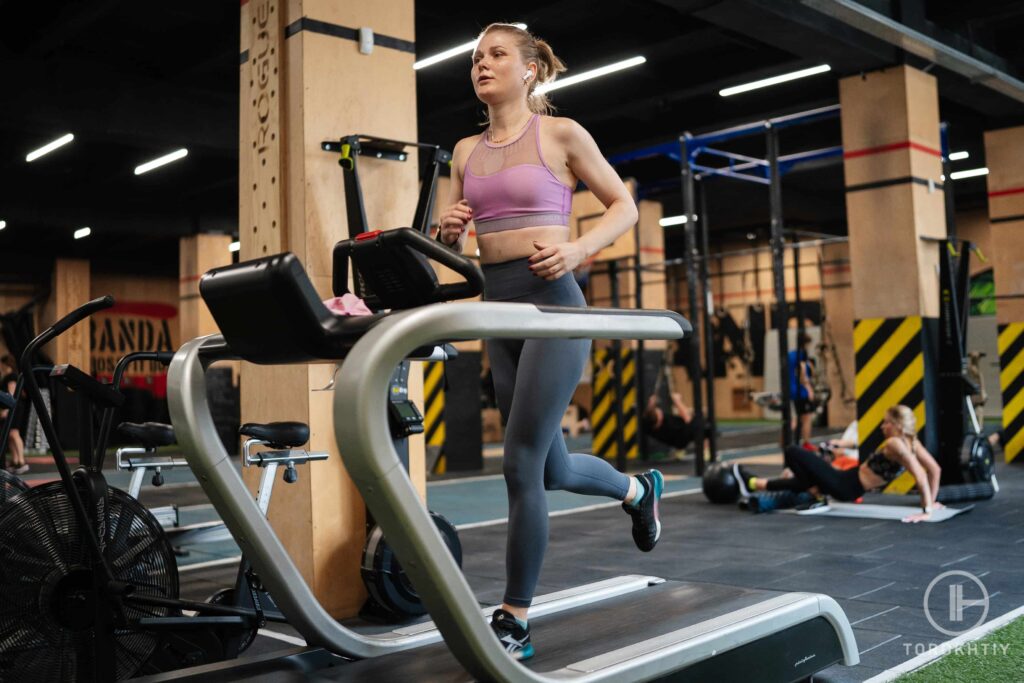
2. Intensity of the Workout
This makes perfect sense; the incline affects how intense your walk is. If your incline is set too high, your walk will be a lot more challenging because it will require a lot more effort and increase your heart rate.
3. Impact on Joints
If you have joint issues, it would be best to keep the incline at 5% max because a higher incline will put quite a bit of stress on your ankles, hips, and knees. But keep in mind, walking at an incline is actually good for your joints.
4. Muscles Targeted
Think about which muscles you’re trying to target. A higher incline will target your glutes, hamstrings, and calves. On the other hand, a lower incline focuses mainly on your quadriceps.
Tips From the Champ
If you’re in the market for a new treadmill, I have something exquisite to recommend. NordicTrack really outdid themselves with this one. The 22’’ inch HD touchscreen is next level. The quality is outstanding and the size… Wow. The treadmill is also quite big. Its dimensions are 70’’ L x 39’’ W x 72.5’’ H. The belt is 60’’ L x 22’’ W.
Olympic Weightlifting Champion
Main Incline Ranges Explained
1. Flat (0%) Incline
If you want the experience of walking outside, but want to stay in your living room, a 0% incline is what you need. If, on the other hand, you still want the challenge of an incline, starting with 0% is a great way to warm up.
2. 1% to 3%
This one is ideal for beginners. It will still feel almost like you’re taking a walk outside, but it will be slightly more challenging than that. You’ll feel this incline in your calves and quadriceps, but it won’t up the intensity of your workout too much.
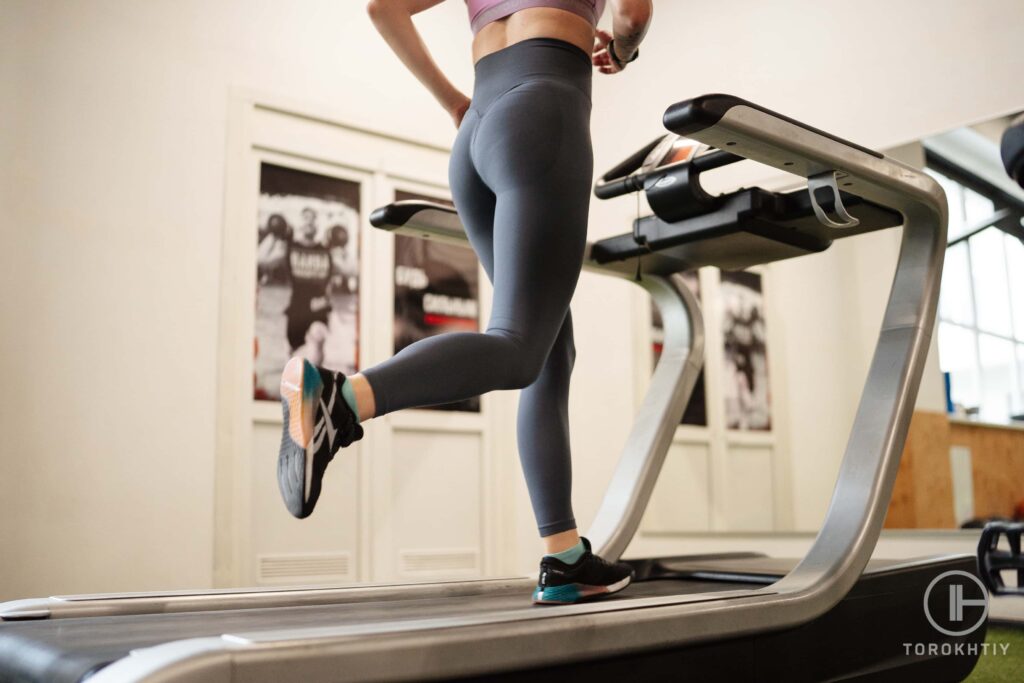
3. 4% to 6%
With this one, you’ll start to feel that burning in your hamstrings and glutes a lot more than you would at a lower incline. The intensity is right there in the middle – not too crazy, but not like you’re taking a light stroll. It’s ideal if you want to increase your calorie burn.
4. 7% to 10%
If you’re walking on this incline, you’re doing a lot more than just taking a walk. Your glutes, hamstrings and calves are engaged, and you’ll notice that you need to put in a lot more effort into your walk. 7% to 10% builds strength and endurance.
5. 11% to 15%
This incline means business and will really increase the intensity of your walk. Or maybe I shouldn’t even call it a walk because you won’t feel like you’re just walking anymore. This one engages all of the muscles that lower inclines do, plus the core. Leg strength, calorie burning, cardiovascular fitness… All of these benefit from a high incline.
Follow us!

Free!
Get a 2-week Weightlifting Program as a bonus for the subscription to kickstart your training plan!

Free!
3 Incline Walking Workouts
If you think all you can do on your treadmill is run or walk the same way every time – think again. I have a few workouts that will make your walks far more interesting.
1. Pyramid Incline
For this one, start on a 0% incline and warm up. After 5 minutes of warming up, increase the incline to 2% and then walk for 2 minutes. After the 2 minutes have passed, increase the incline to 4% and walk for 4 minutes. Keep increasing the incline by 2% every 2 minutes until you reach a big one (10% or more). You’ll want to keep walking on the highest incline for 4 to 6 minutes and then slowly decrease the incline by 2% every 2 minutes until you get to 0.
2. Steady Climb
Your incline should be set anywhere from 6% to 8%. Walk for 35 to 45 minutes and keep your pace steady. Make sure your posture is correct and engage your leg muscles and core. If you want to spice it up a bit, increase the incline every 5 minutes.
3. Incline Intervals
Warm up for 5 minutes on a 0% incline. After you’ve warmed up, set the incline to about 4% to 6%. Walk at a moderate pace for 2 minutes on the incline, then increase the speed for 1 minute. Continue your workout by going from challenging incline intervals and increased speed intervals. Do this for about half an hour and then cool down for 5 minutes on 0% incline.
Treadmill We Recommend
NordicTrack Commercial X22i Incline Treadmill
- Speed Range: 0-12 MPH
- Max Incline: 40%
- Folding: No
- Weight Limit: 300 lbs
- Item Weight: 417 lbs
- Product Dimensions: 70.2” L x 39.6” W x 71.6” H
- Display: 22’’ Smart HD Touchscreen
- Warranty: 10-year frame, 2-year parts, 1-year labor
- Workout Programs: 30-day iFIT trial included
- Additional Features: Quiet drive incline tech, Android 9 OS, Bluetooth Headphone Connectivity, 2x 3’’ Digital-Amplify Speakers, Hands-free speed & incline adjustments, Cushioned deck for maximum comfort, Stats tracker, Dual auto breeze workout fans
If you’re in the market for a new treadmill, I have something exquisite to recommend. NordicTrack really outdid themselves with this one. The 22’’ inch HD touchscreen is next level. The quality is outstanding and the size… Wow. The treadmill is also quite big. Its dimensions are 70’’ L x 39’’ W x 72.5’’ H. The belt is 60’’ L x 22’’ W.
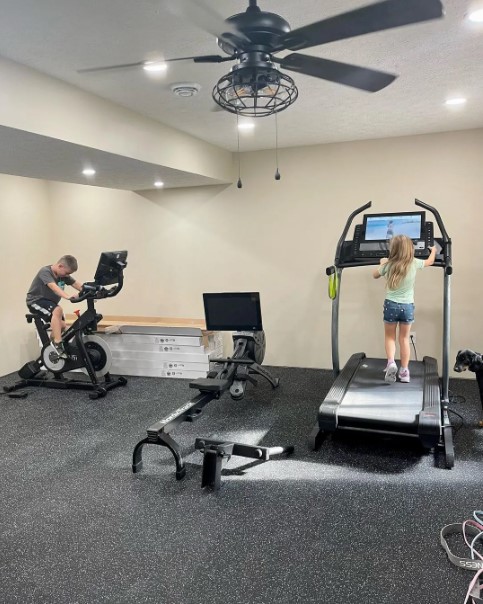
The incline options go from a -6% decline to a whopping 40% incline. My favorite thing about it is the ActivePulse technology. This will automatically adjust the incline and speed(0-12 MPH) to keep you in your target heart rate zone. You’ll need to buy the Bluetooth heart pulse reader separately.
The treadmill is joint-friendly and kin to your hips, ankles, and calves. And the dual workout fans will keep you nice and cool during longer strolls. A winner in my book!
Positives:
Could be better:
FAQ
Is Walking on an Incline Good for Weight Loss?
Walking on an incline is great for weight loss because it increases the intensity of your walk. And more effort means more calorie burning.
Is 12 Incline Good on a Treadmill?
12 incline is a great option for an effective cardio workout because 12% is a rather high level of intensity. It engages more muscle groups than a lower incline does and torches even more calories.
Conclusion
Our stroll for today has come to an end and now you’re ready to set that incline to be ideal for your runs and walks. Well… What incline to run on treadmill is a topic for another discussion, but we’ve discussed walks in-depth.
I would love to hear what you think and what your experience has been like! What is the incline on a treadmill that works best for you? What is a high incline treadmill you recommend, or have you maybe tried the NordicTrack one? Do you prefer running or walking on a treadmill? What made you choose the treadmill over taking walks outside? Share your opinions and tips!
Also read:
- How Long Is a Mile on a Treadmill
- How Long Should You Run on the Treadmill
- How Long Does a Treadmill Last
- Benefits of Treadmill
- How Much Does a Treadmill Cost
- Exercise Bike vs Treadmill
- Best Curved Treadmill
References:
- The effects of grade and speed on leg muscle activations during walking // Sciencedirect: https://www.sciencedirect.com/science/article/abs/pii/S0966636211002827
- A Paradigm of Uphill Running // Ncbi: https://www.ncbi.nlm.nih.gov/pmc/articles/PMC3707880/
- Asymmetric walking on an incline affects aspects of positive mechanical work asymmetrically // Pubmed: https://pubmed.ncbi.nlm.nih.gov/35413513/
- Effects of gradient and age on energy expenditure and fat metabolism during aerobic exercise at equal intensity in women // Ncbi: https://www.ncbi.nlm.nih.gov/pmc/articles/PMC9081356/
- The Effects of Grade and Speed on Leg Muscle Activations during Walking // Researchgate: http://surl.li/jlaue
- Photos made by Torokhtiy Media Team.
Why Trust Us?
With over 20 years in Olympic weightlifting, strength training, nutrition coaching, and general fitness our team does its best to provide the audience with ultimate support and meet the needs and requirements of advanced athletes and professional lifters, as well as people who strive to open new opportunities and develop their physical capabilities with us.
By trusting the recommendations of our certified experts in coaching, nutrition, and sports training programming, as well as scientific consultants, and physiotherapists, we provide you with thorough, well-considered, and scientifically proven content. All the information given in the articles concerning workout programming, separate exercises, and athletic performance, in general, is based on verified data.
The product testing process is described in more detail here.
Author: Ihor Shymechko
Pro Olympic Weightlifter, Coach
Best Results: Snatch – 208 kg,
C&J – 240 kg
Ihor has been a professional weightlifter since 1996, boasting over two decades of competition experience. His notable achievements include clinching the European Championship in 2009 and securing a silver medal in the 105kg division at the Senior World Championships in 2011. Ihor represented his country in the 2008, 2012, and 2016 Summer Olympics. After retiring from competitive weightlifting, he transitioned to coaching, leveraging his vast experience to guide athletes who now compete on both national and international stages.
Reviewed by: Oleksiy Torokhtiy
Olympic Weightlifting Champion, PhD in Sport Science
Best Results: Snatch – 200 kg,
C&J – 240 kg
Oleksiy Torokhtiy is a professional athlete boasting 20 years of experience in Olympic weightlifting. With multiple European and World titles under his belt, he has showcased his prowess in two Olympic Games (Beijing 2008 and London 2012). Upon concluding his illustrious career, Oleksiy dedicated himself to coaching. By 2022, he had conducted over 200 weightlifting seminars worldwide. He is the visionary behind an international sportswear and accessories brand known for its motto, “Warm Body Cold Mind.” Additionally, he is an esteemed author and the creator of a series of training programs and eBooks.





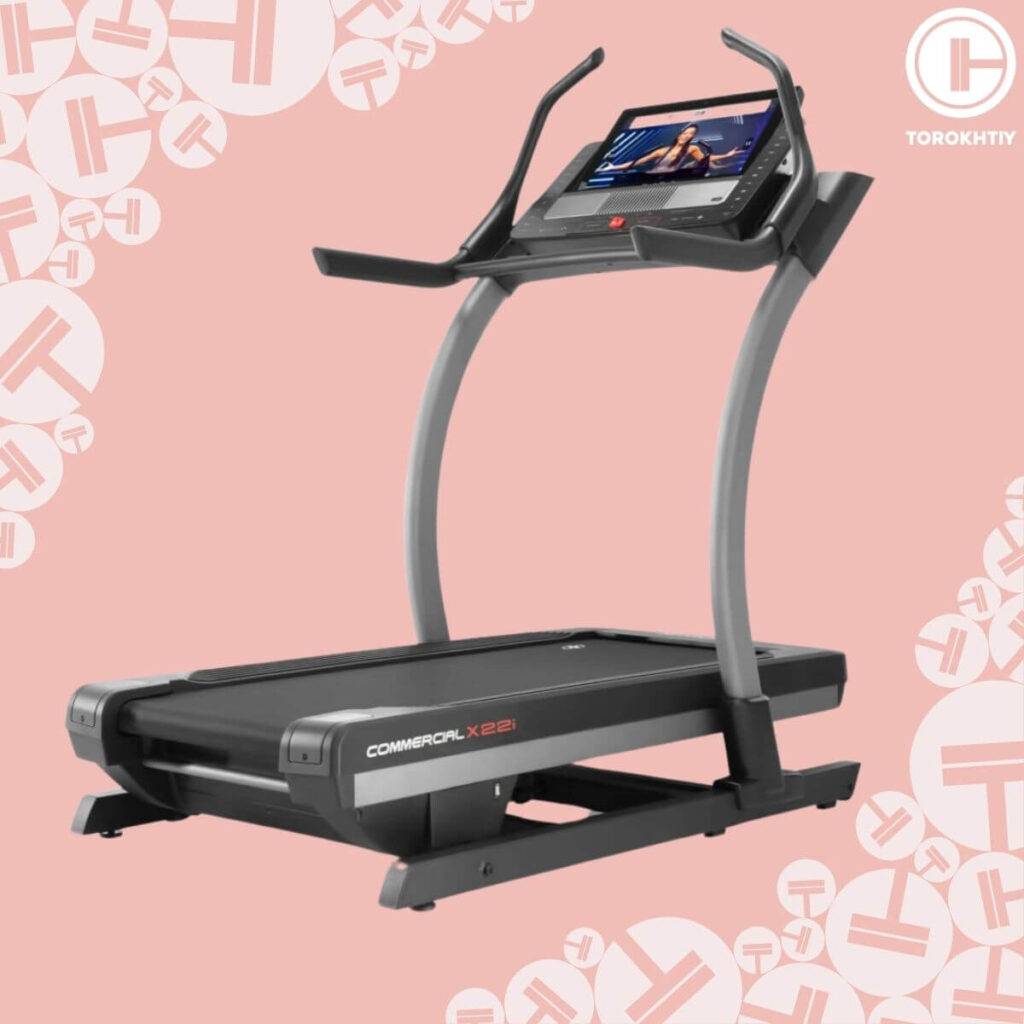
Still have questions after reading our article? Unlock your full potential by engaging with our experts and community! Don’t hesitate — leave a comment below and Ihor Shymechko will provide a personalized answer and insights to help you reach your goals.